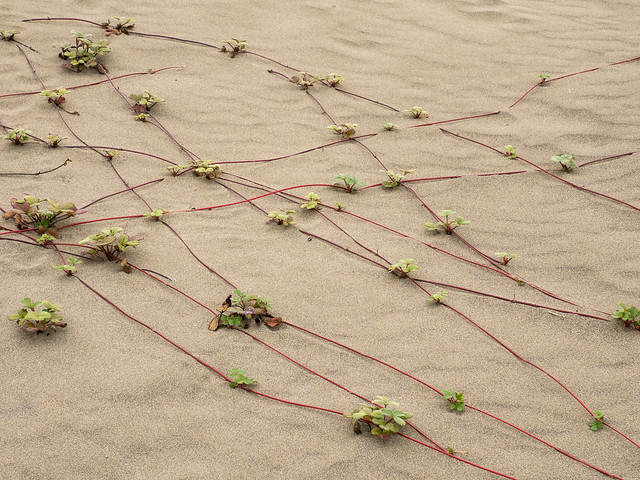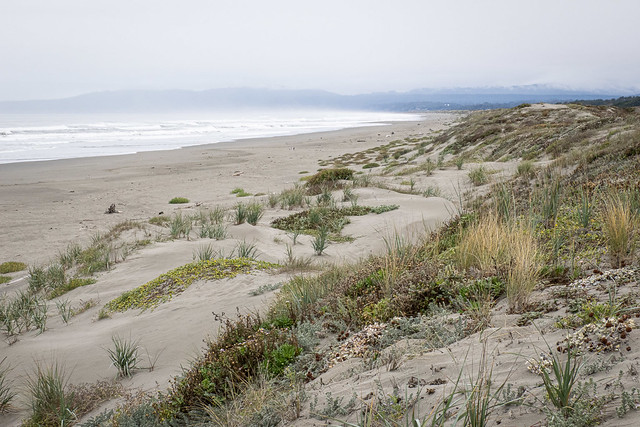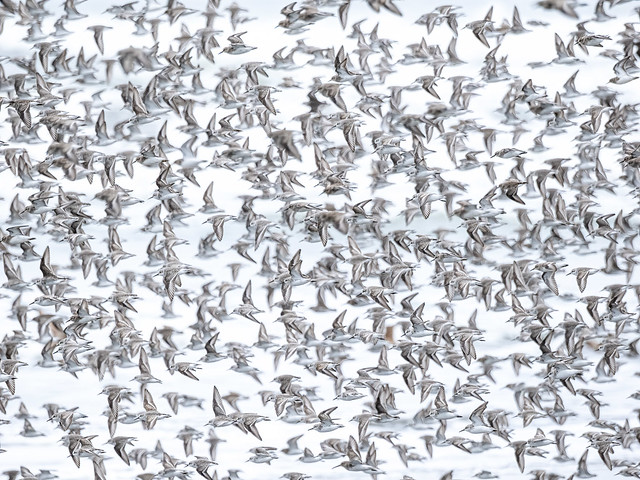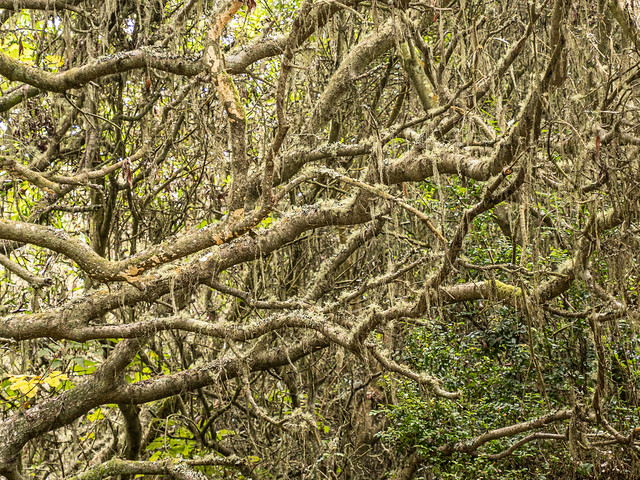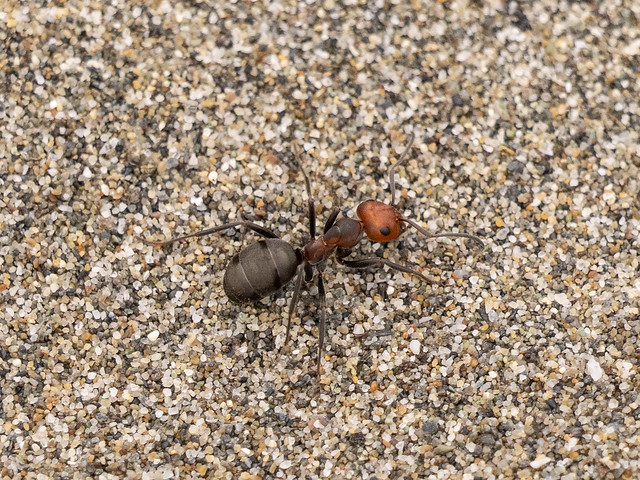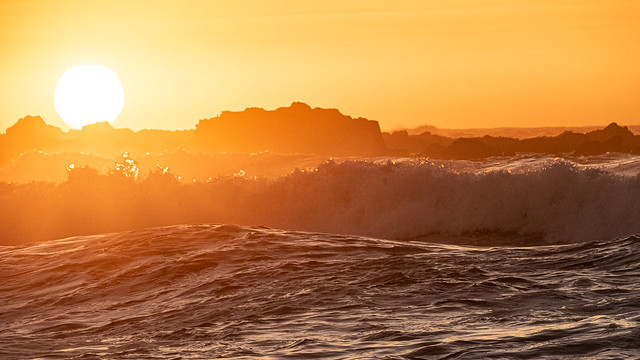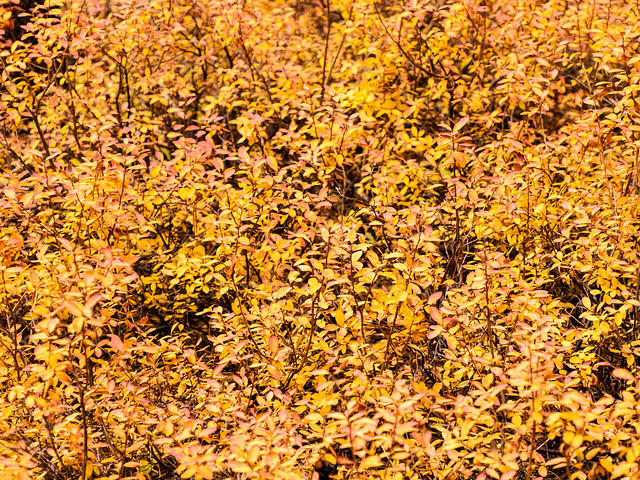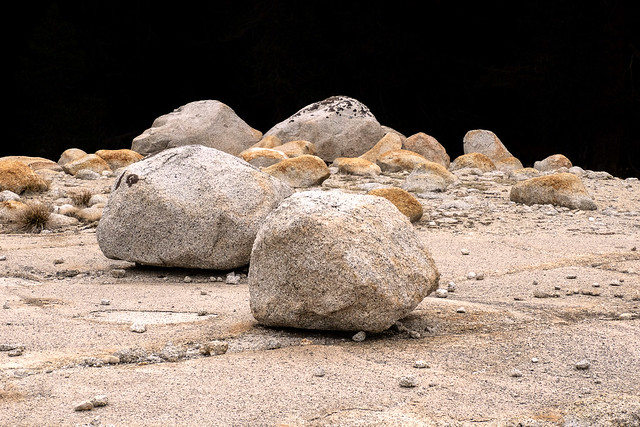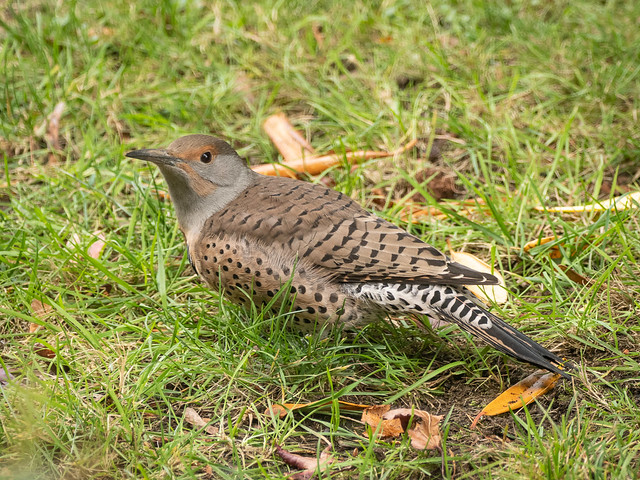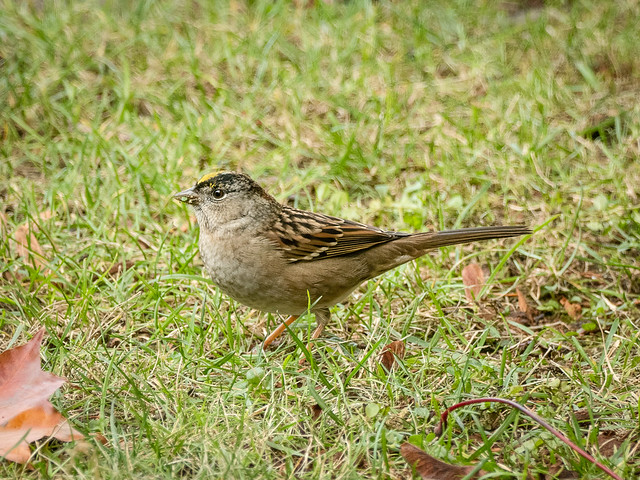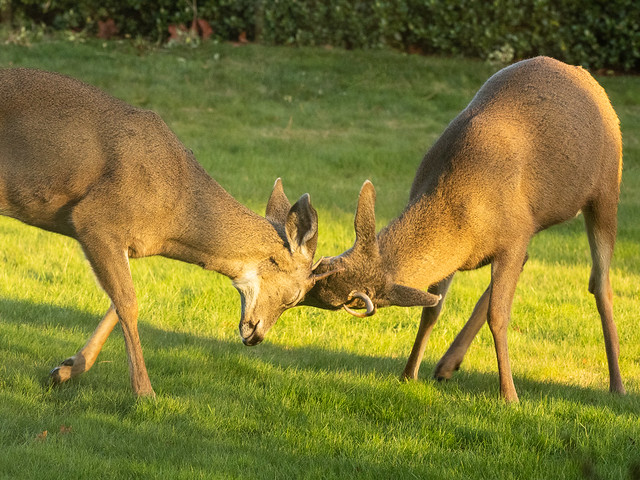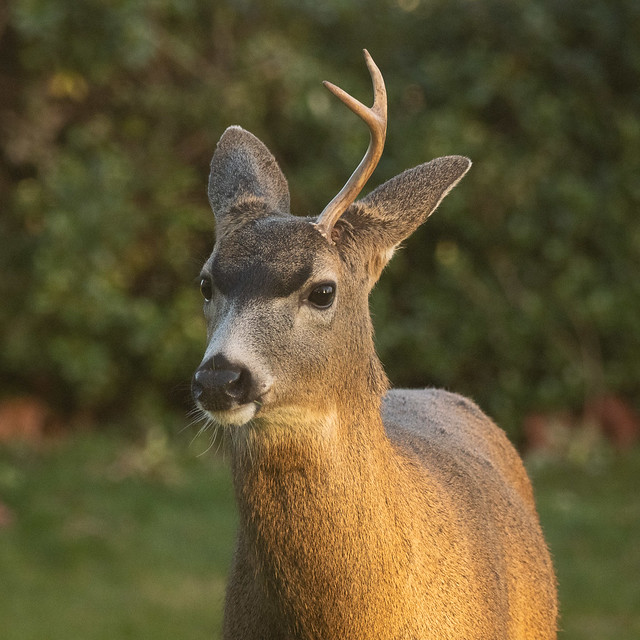More from the drive home from our last road trip. Scanning the route ahead of us on Google Maps, I noticed a green area on the coast, not far off the highway. According to the website, it's the most pristine remaining dune system in the Pacific Northwest. It was a good spot to get out and stretch our legs and take some photographs.
But before the dunes, here's a Red-shouldered hawk I spotted by our campsite as we were packing up to leave in the morning.
There were some interesting plants on the dunes. I wasn't familiar with any of them. (Except maybe the goldenrod, if that's what it was.) It was the end of October, so it was late in the season, even for the coast.
Down on the beach, there was a large flock (aka "grain") of Sanderlings. They are fun to watch, either individually as they run down the beach pecking in the sand, or as a group in flight, where they rival starling murmurations.
Here's a short video of Shelley's:
This larger, browner bird turned out to be a Marbled Godwit.
I liked the shapes and patterns of the dunes themselves.
Between the dunes and the estuary there was a strip of lichen covered trees.
We found several ant nests. Seek's AI thought these were Western Thatching Ants, but the humans on iNaturalist disagreed and only identified them as Field Ants.
Here's another short video of Shelley's (showing off the capabilities of the Sony RX10m3)


